By Adam Huttner-Koros at The Atlantic
Newton’s Principia Mathematica was written in Latin; Einstein’s first influential papers were written in German; Marie Curie’s work was published in French. Yet today, most scientific research around the world is published in a single language, English.
Since the middle of the last century, things have shifted in the global scientific community. English is now so prevalent that in some non-English speaking countries, like Germany, France, and Spain, English-language academic papers outnumber publications in the country’s own language several times over. In the Netherlands, one of the more extreme examples, this ratio is an astonishing 40 to 1.
A 2012 study from the scientific-research publication Research Trends examined articles collected by SCOPUS, the world’s largest database for peer-reviewed journals. To qualify for inclusion in SCOPUS, a journal published in a language other than English must at the very least include English abstracts; of the more than 21,000 articles from 239 countries currently in the database, the study found that 80 percent were written entirely in English. Zeroing in on eight countries that produce a high number of scientific journals, the study also found that the ratio of English to non-English articles in the past few years had increased or remained stable in all but one.
This gulf between English and the other languages means that non-English articles, when they get written at all, may reach a more limited audience. On SCImago Journal Rank—a system that ranks scientific journals by prestige, based on the citations their articles receive elsewhere—all of the top 50 journals are published in English and originate from either the U.S. or the U.K.
